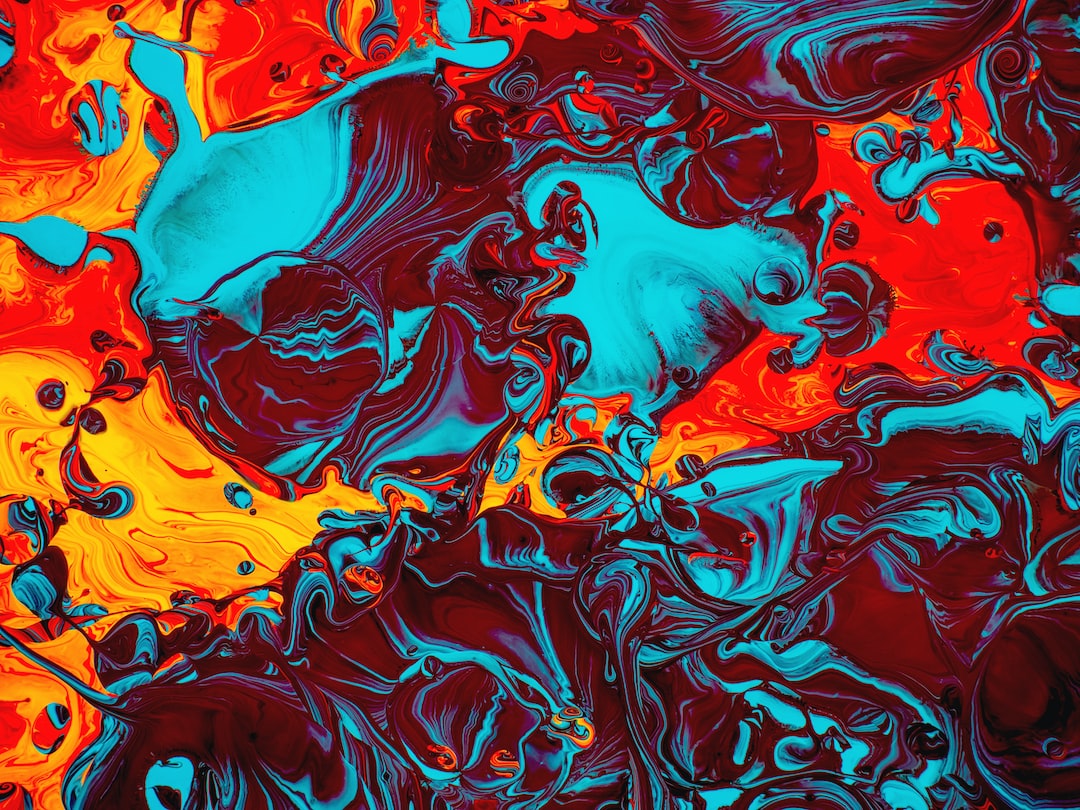Sculpting a perfect figure is more than just creating a beautiful form. It involves understanding the human form in art and being able to accurately represent it in three-dimensional space. Sculpting is a highly technical and creative process. It involves a deep understanding of the human body, its anatomy, and the principles of visual art.
To begin with, anatomy is the foundation of any successful sculpture. Understanding the human body is not only essential to sculpting lifelike figures, but it also helps in creating proportionate and aesthetically pleasing figures. The artist must first study and master the anatomy and proportions of the human figure. From the skeletal system to the muscles, joints, and organs, the artist must familiarize themselves with the complex structure and functions of the human body. They must observe how bones and muscles interact, how weight is distributed through the body and how, these mechanics affect the pose and expression of a figure.
Beyond anatomy, the artist must also have a thorough understanding of the principles of visual art. This includes elements such as composition, form, line, light, texture, and balance. The artist must be able to use these principles to give their figure a sense of harmony, unity, and expressiveness while also adding to the realism of the figure. They must create flowing lines and dynamic poses that represent the energy and vitality of the human form.
One of the most important elements of sculpting the human form is capturing the right surface textures that help to define the figure’s character. A sculptor must understand the difference between skin, hair, and clothing, and how to use textures like rough, smooth, and glossy to create a sense of realism. They must also consider how lighting affects how these textures are perceived.
Originally sculpting was done with clay which was one of the easiest and most malleable materials to work with. However, with the advent of new technologies such as 3D printing, sculpting has become more versatile and efficient. In recent times, artists now have access to new tools and techniques that they can use to create complex models and sculptures that would have been unimaginable in the past.
Finally, the artist must master the art of communication. Sculptures are often commissioned for public spaces, which means that the artist must be able to convey a particular message or narrative through their work. Sculptors must be able to take their vision and create a tangible representation of it that connects with their intended audience. They must be skilled in collaboration, communicating and making decisions along the way. Ultimately, a sculptor’s job is to create a piece that resonates with their audience and captures the imagination of the viewer.
In conclusion, sculpting the perfect figure involves more than just artistic talent and creativity. It requires a deep understanding of anatomy, mastery of the principles of visual art, and the ability to create dynamic, expressive, and realistic pieces using new technology and materials. Ultimately, the most successful sculptures are those that are not only well-crafted but also resonate with their audience and capture the imagination of the viewer.

